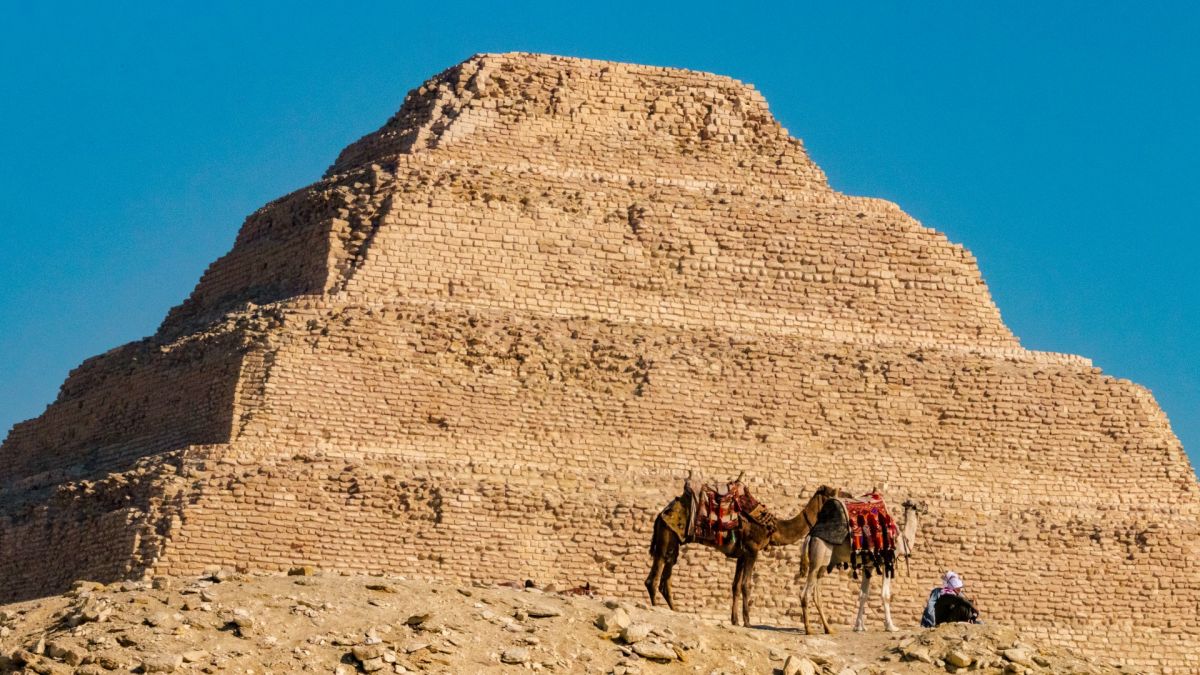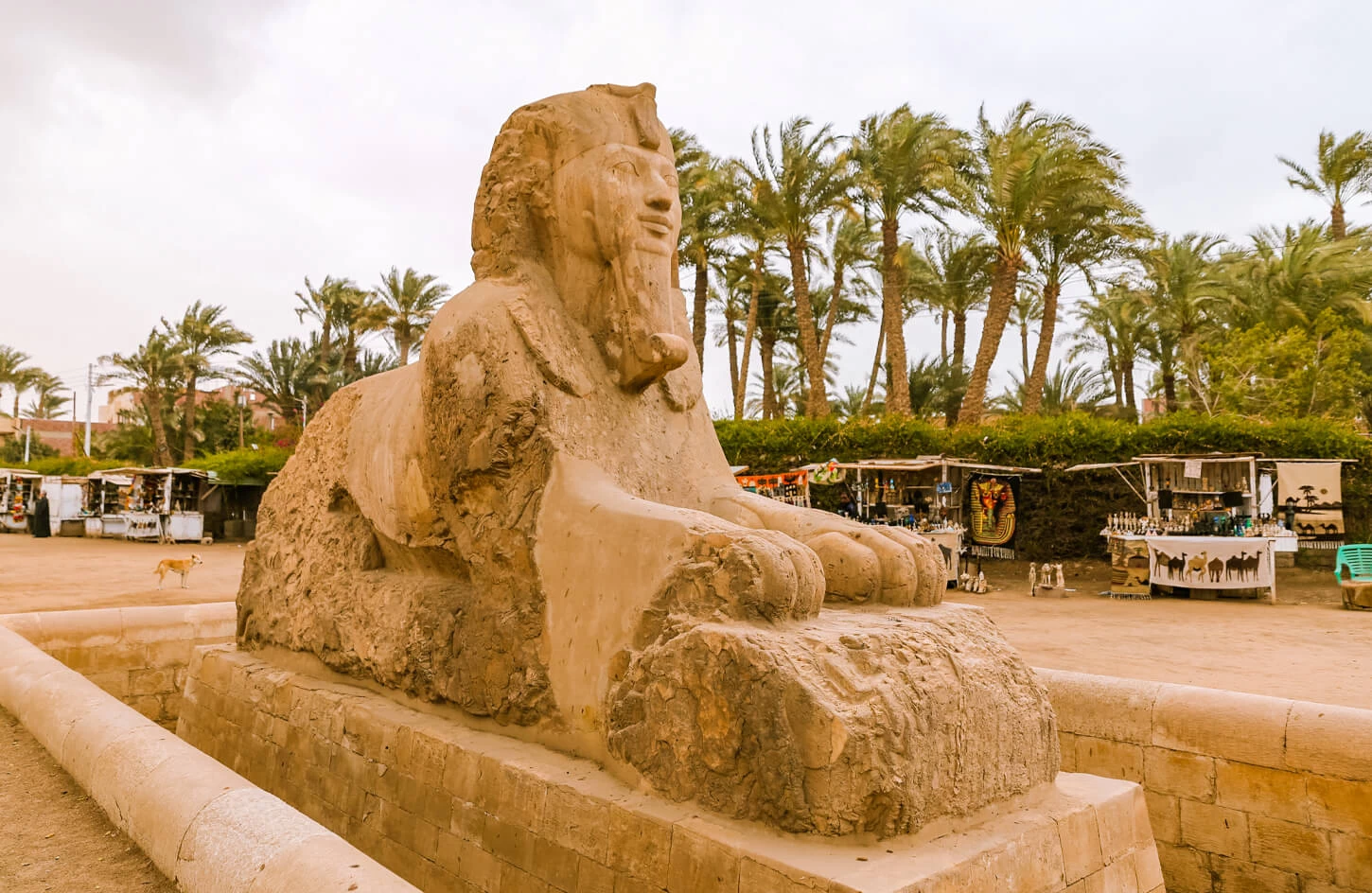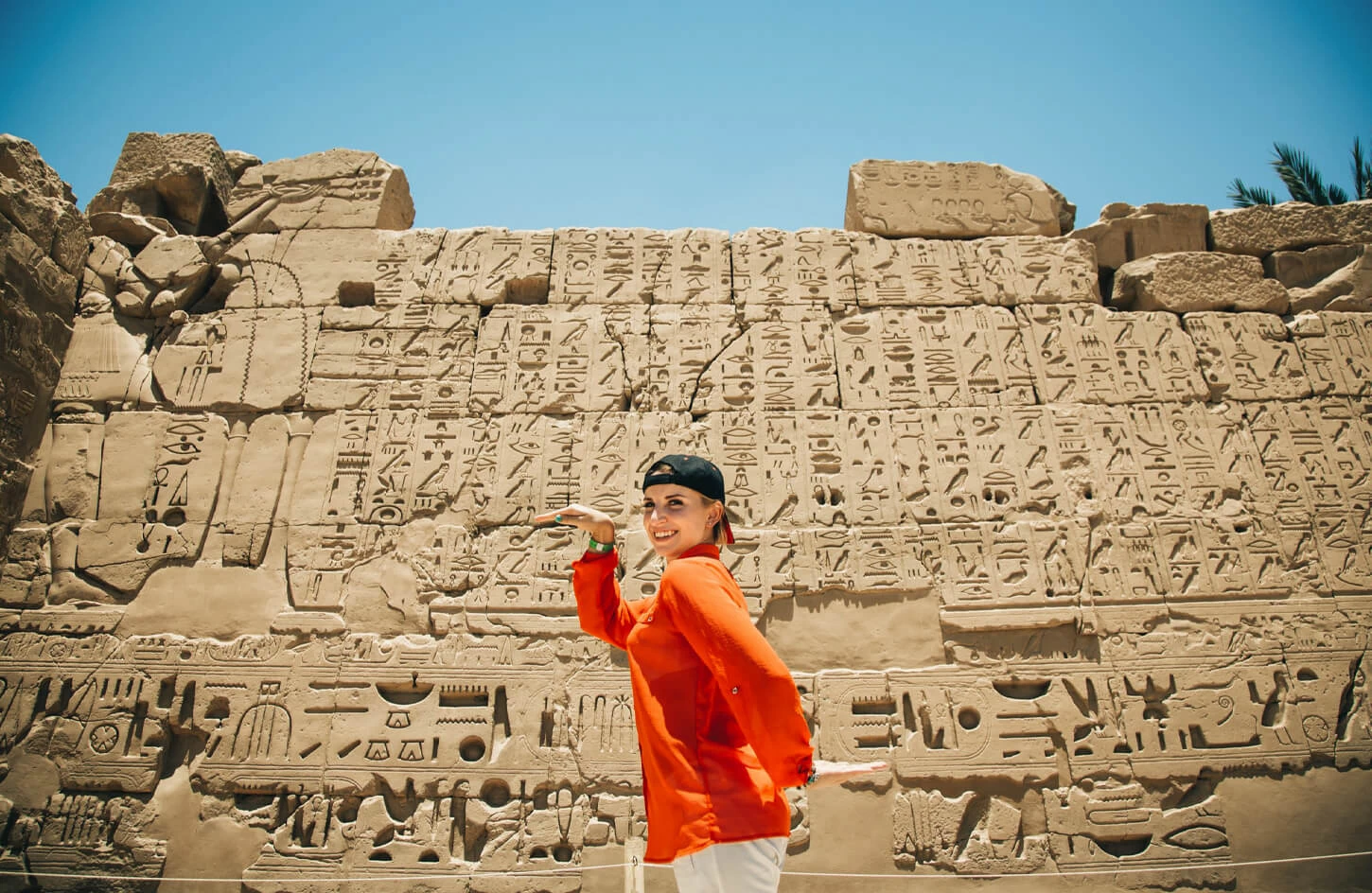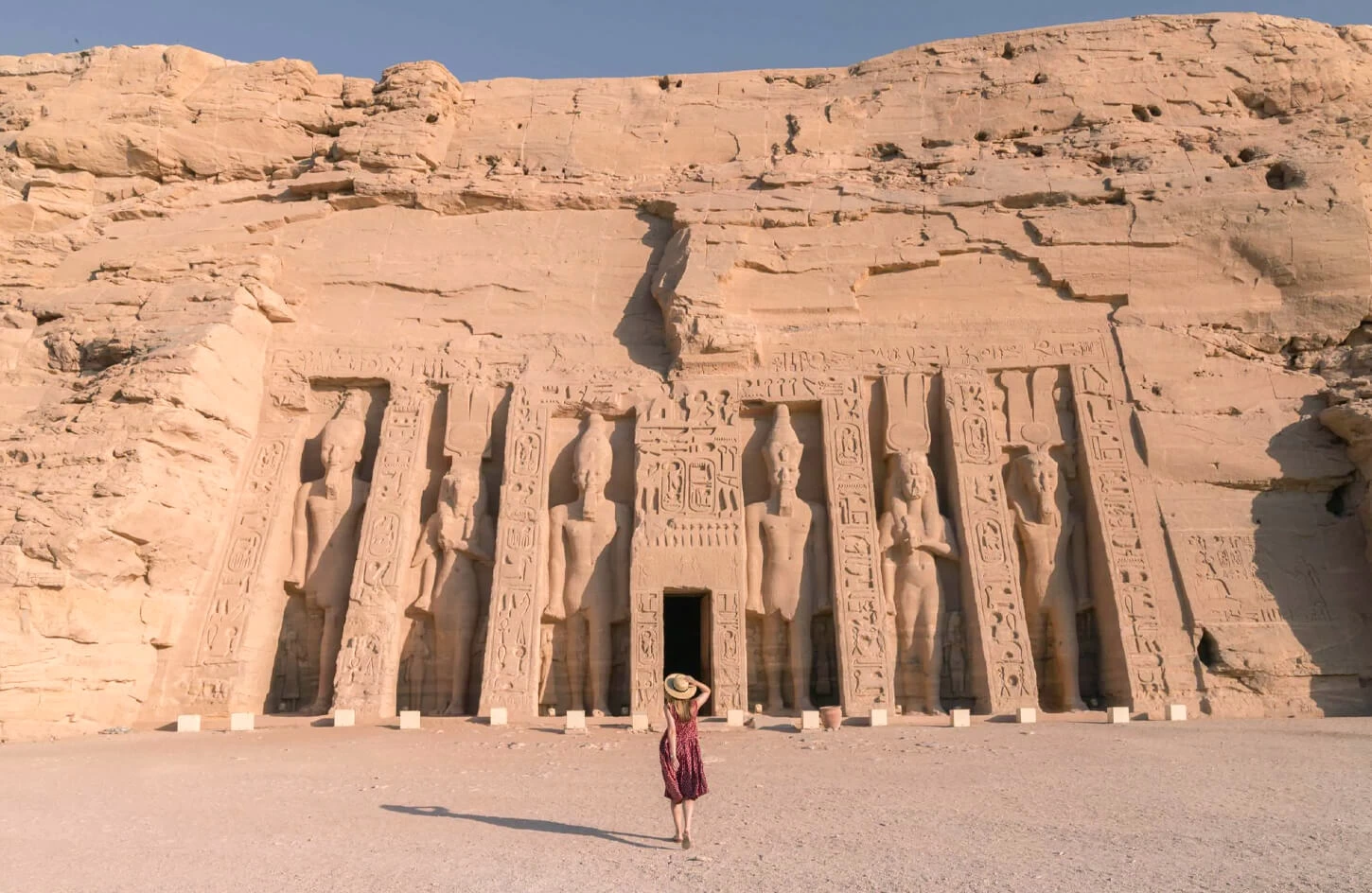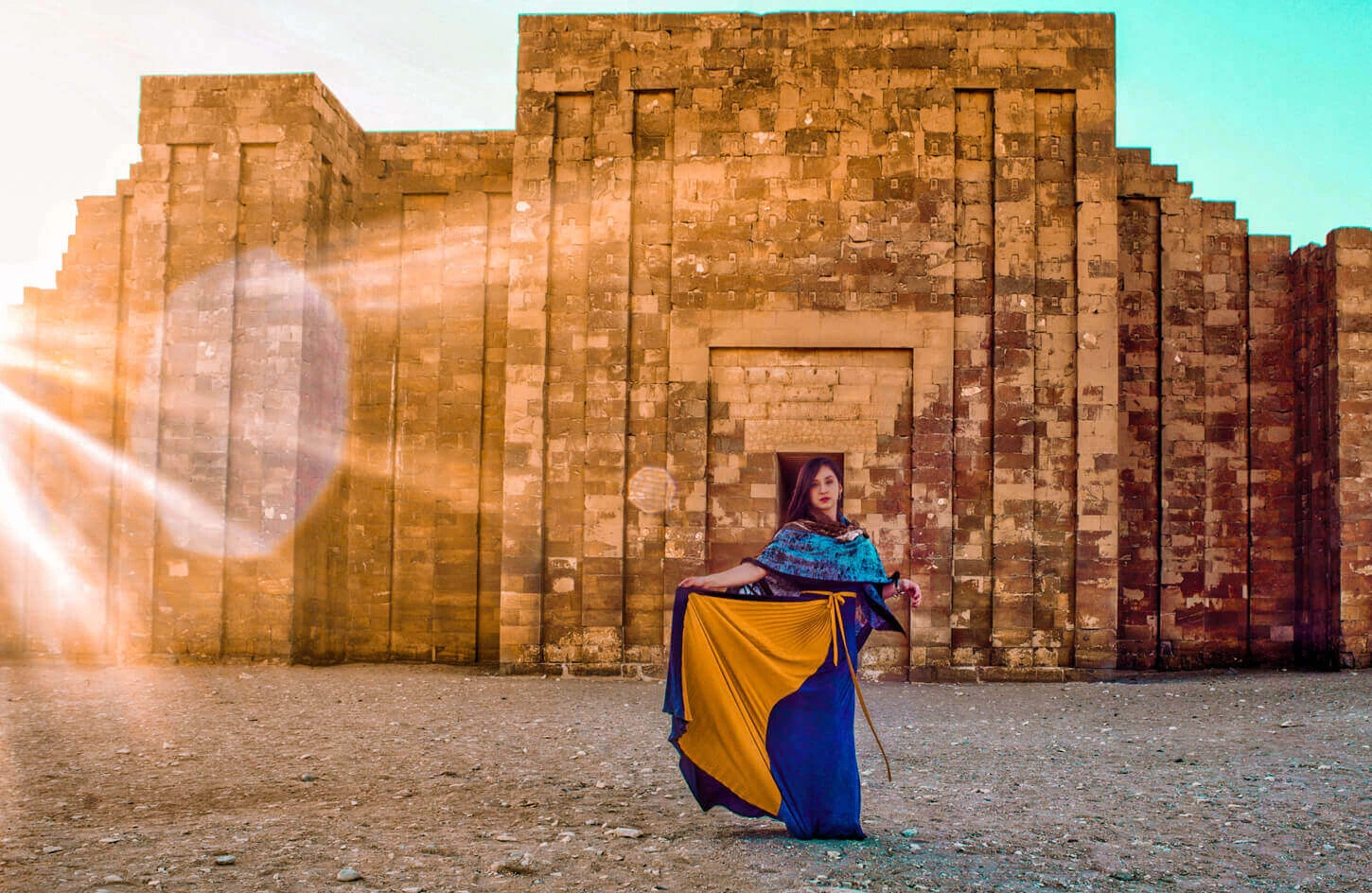The Step Pyramid of Djoser
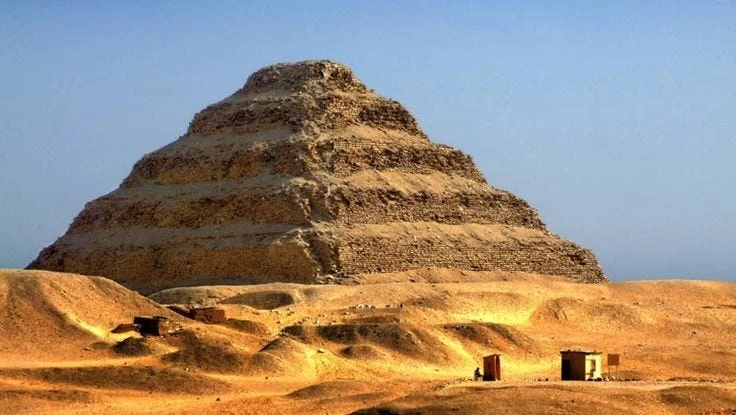
The Step Pyramid of Djoser: Egypt's First Monumental Masterpiece
The Step Pyramid of Djoser, standing proudly in the heart of the Saqqara necropolis, marks a revolutionary moment in Egypt's architectural history. As the oldest pyramid in Egypt, this breathtaking structure not only symbolizes the brilliance of Imhotep's architecture but also serves as a gateway to understanding the evolution of pyramid construction. Whether you're an enthusiast of ancient Egyptian pyramids or planning Cairo day tours, visiting Djoser’s pyramid is a must.
For tourists on Egypt tours or Cairo day tours, a tour to Djoser's pyramid is an absolute necessity, an expression of one of Egypt's best historical attractions.
Who Built the Step Pyramid?
The Step Pyramid was built under the command of Pharaoh Djoser, Egypt's first king of the Third Dynasty, who ruled from circa 2667 to 2648 BCE. Imhotep, Djoser's chief priest and vizier, designed the Step Pyramid. Imhotep was the stone builder mastermind and a polymath—architect, physician, master sculptor, scribe, and astronomer. He is probably the first true genius in historical times, and his impact on Egyptian culture and society was gigantic. He then came to be deified and venerated as the god of healing and wisdom.
Where Is the Pyramid of Djoser?
The Step Pyramid of Djoser stands in the Saqqara necropolis, northwest of the old city of Memphis, near modern Cairo. Saqqara was a vast burial ground for the ancient city, and the pyramid of Djoser is its most outstanding feature. The location is close enough to Cairo that it is an easy stop for anyone interested in observing the evolution of pyramid construction and the general context of ancient Egyptian pyramids.
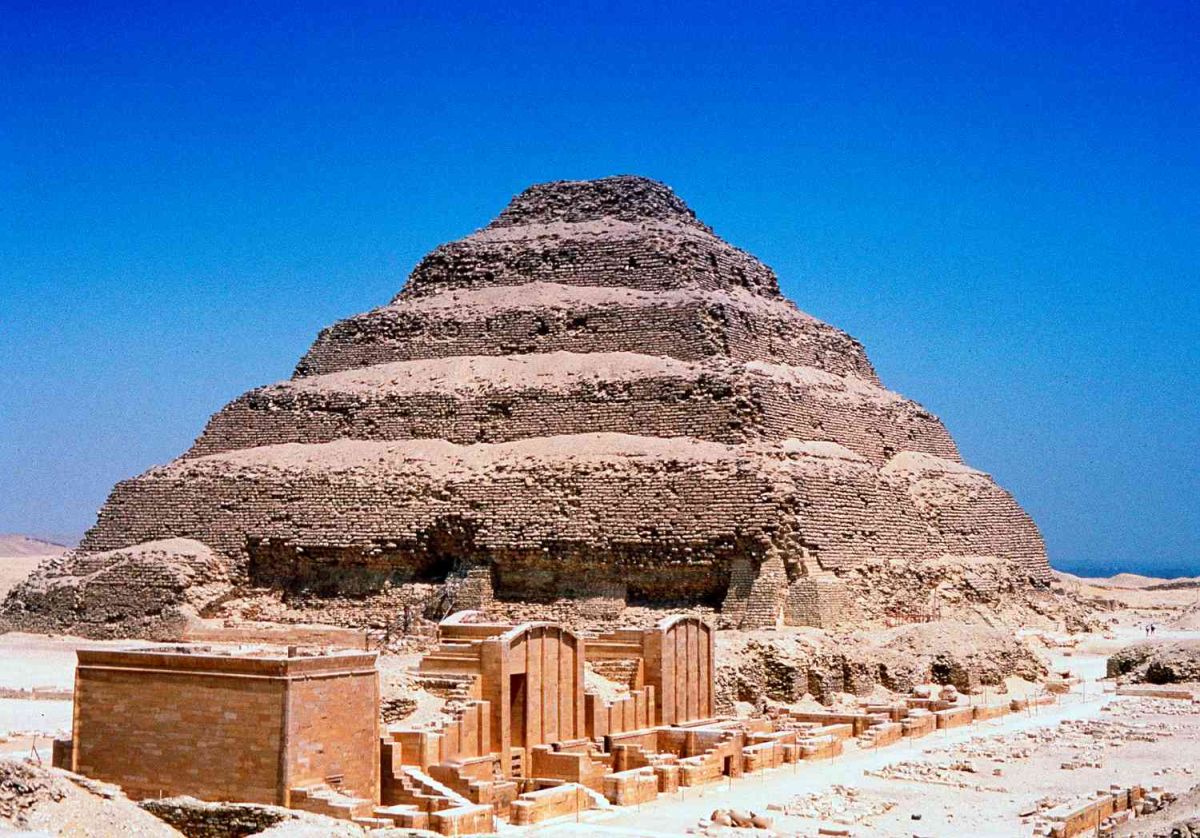
How Long It Took to Build the Step Pyramid of Djoser?
The construction of the Step Pyramid of Djoser is believed to have taken approximately 19 years, from 2667 to 2648 BCE. This ambitious project involved thousands of skilled workers, including stonemasons and architects, who meticulously crafted this masterpiece. The pyramid, a key milestone in the history of the Step Pyramid, reflects not only the advancements in Imhotep's architecture but also the centralized power of Pharaoh Djoser.
A project so grand required meticulous planning and the labor of thousands of workers, a testament to the pharaoh's centralized power and resources.
How Old Is the Pyramid of Djoser?
The Pyramid of Djoser was constructed around 2667 BCE and is over 4,600 years old. Its age emphasizes its significance as the first large stone building in Egypt and a model for later pyramid construction.
History of the Pyramid of Djoser
Before Djoser's reign, Egyptian pharaoh tombs were mastabas—flat-roofed, mudbrick structures that were rectangular. Imhotep's revolutionary design for Djoser's tomb took the typical mastaba and converted it into a six-story step pyramid, towering to a 63-meter (207-foot) height. Aside from conveying the image of a stairway to heaven, the design also conveyed a gigantic milestone in building construction technique.
The pyramid complex had a big courtyard, shrines, and temples, and all these were enclosed within a limestone wall. These were intended to provide a dwelling for the ka (spirit) of the king after death so that he could rule forever. The use of stone in construction, as opposed to the traditional mudbrick, showed better construction techniques and set the standard for future monumental architecture.
New studies have developed intriguing theories about how the pyramid was built. One study suggests that the ancient Egyptians might have utilized hydraulic systems, whereby they harnessed the energy of water to help lift the massive stone blocks during construction. This theory offers a fresh perspective on the engineering of the era of Djoser.
Touring Djoser's Pyramid Today
Djoser's Step Pyramid remains a destination for tourists and scholars to this day.
Its existence gives a physical connection to Egypt's ancient past and the start of pyramid construction. It is feasible to explore the large Saqqara cemetery, which holds a cluster of tombs, mastabas, and other pyramids, every one with the history of Egypt's extended history. Since it is near Cairo, it is simple to accomplish day trips, so it is a suitable trip for anyone willing to travel to the origins of pyramid architecture.
The Evolution of Pyramid Construction
The architecture of the Step Pyramid was a new milestone in the design of ancient Egyptian funerary structures. Its success allowed the smooth-sided pyramids, such as the well-known Pyramids of Giza, to be constructed. The innovations of Imhotep in architecture impressed his contemporaries and left a lasting influence on the course of architecture's history. The progression from mastabas to step pyramids and ultimately to the definitive true pyramids demonstrates the Egyptians' evolving religious faith, technological advances, and societal structure.
Djoser's Step Pyramid is living testimony to the architectural brilliance of Imhotep and the visionary rule of Pharaoh Djoser. This monument has gone down in history as the first large-scale stonework in Egypt and continues to be an active site in tracing the development of the Step Pyramid. The travel schedule requires a visit to Djoser's pyramid to be part of your tour sites. Book your day-trip to Cairo today to experience for yourself one of Egypt's most renowned ancient landmarks.
